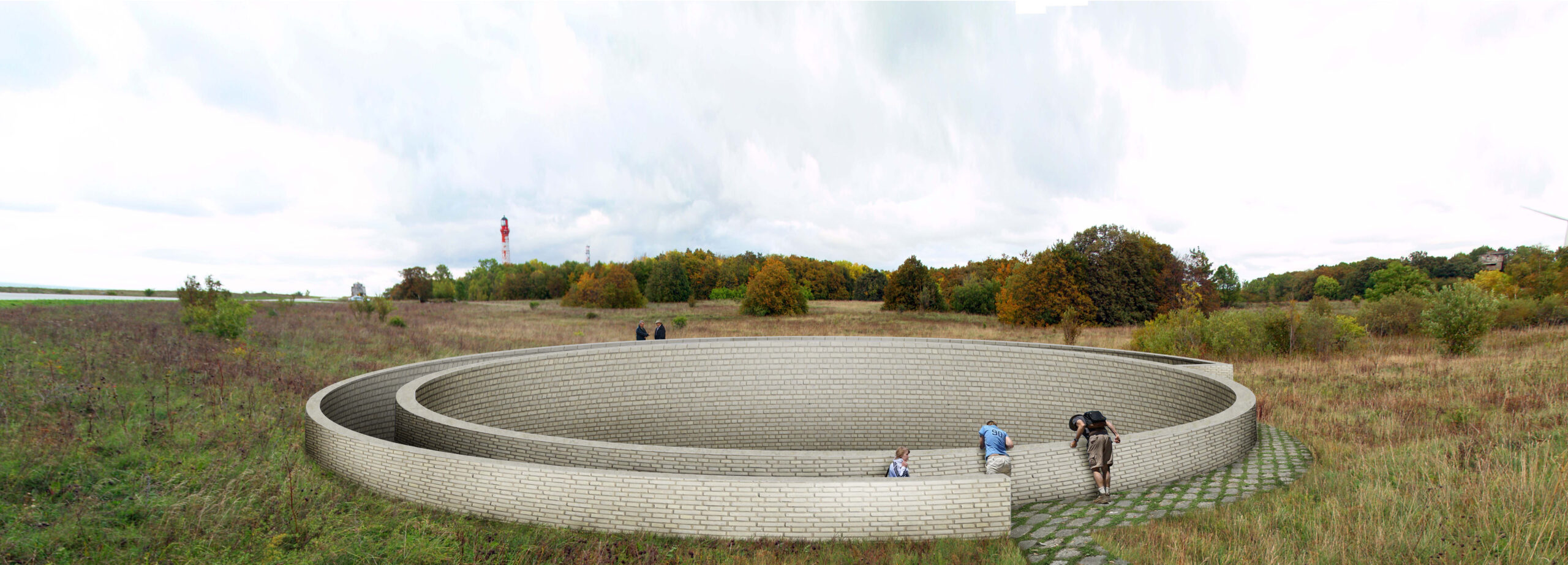Kommunismiohvrite memoriaali asukoha ja ideekavandi võistlus, kus osales 70 tööd, peeti 2012 aastal. Meie töö sai sellel võistlusel jagatud 1. koha. Teine võidutöö oli Koit Ojaliiva töö Mälutulbad. Zürii liige ning kunstiteadlane Heie Treier kirjutas võidutöödest nii:
Žürii otsustas valida kaks võrdset võidutööd, et anda riigile võimalus jõuda poliitilisele konsensusele, kummas asukohas ollakse nõus protsessi jätkama. »Mälutulbad”, mille autor on Koit Ojaliiv, valiti Maarjamäe seeriast võidutööks delikaatsuse tõttu olemasoleva ajaloolise kompleksi vastu. Autor arendab seda edasi ja loob uue mäluruumi. Töö annab kätte tõepoolest idee, kuhu suunas liikuda ning millistes aspektides edasi töötada, kui riik otsustab jätkata Maarjamäe liinil.
»Vest” [kodeeritult Vabadussõja-aegne tõotus ,,Vaba Eesti eest surmani truu”], mille autoriteks Armin Valter ja Joel Kopli, pakub idee rajada memoriaal Paldiski rannikule, kunagisele suletud militaarterritooriumile. Töö tõuseb esile täiusliku lahenduse poolest, siinne kahnilik geomeetria on lihtne ja võimas, täis ajatut sümbolismi. Teekond spiraalkäiku pidi nõukaaegsetest tellistest ümarvormi põhja ning edasi sirge tee vaba horisondini, järgides päikese kulgu … Võib ette kujutada seda tunnetuslikku elamust, mille loovad loodus, geomeetria, ajalooviide, ruumimõju.
Mõlema võidutöö puhul on võimalik inimestel koguneda ja küünlad süüdata. Lahtine on esialgu ohvritenimede äratoomise võimalus ning küsimus, kuidas defineerida ohvrit (kas kitsamas või laiemas tähenduses). Ootamatu on see, et võidutööd ei esinda mitte ainult individualistlikult iseennast, vaid kollektiivset arvamust. Näiteks ringi kujund, merre ulatuva käigu kujund, päikese suuna järgimise kujund, võimsa trepi kujund jms – need aspektid olid esindatud väga mitmes teiseski võistlustöös.
Aeg: 2012
Staatus: Ideekavand, jagatud 1. koht
Kaasautor: Joel Kopli
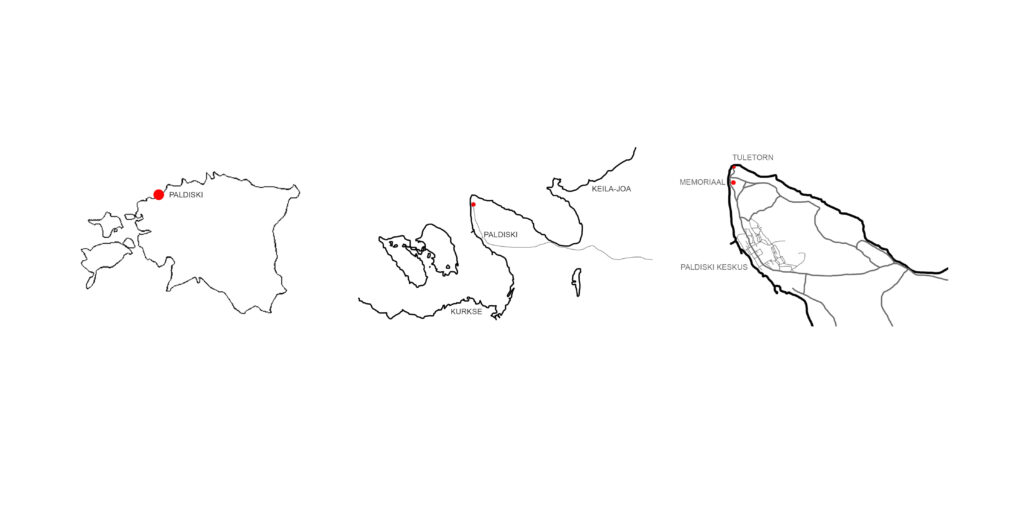
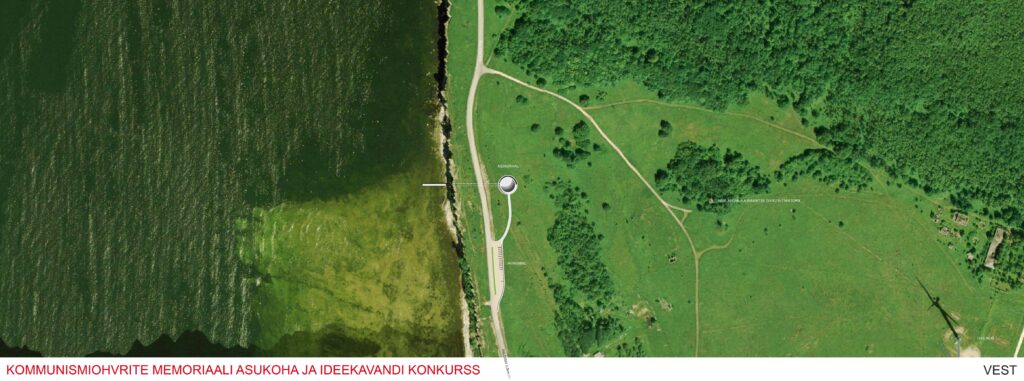
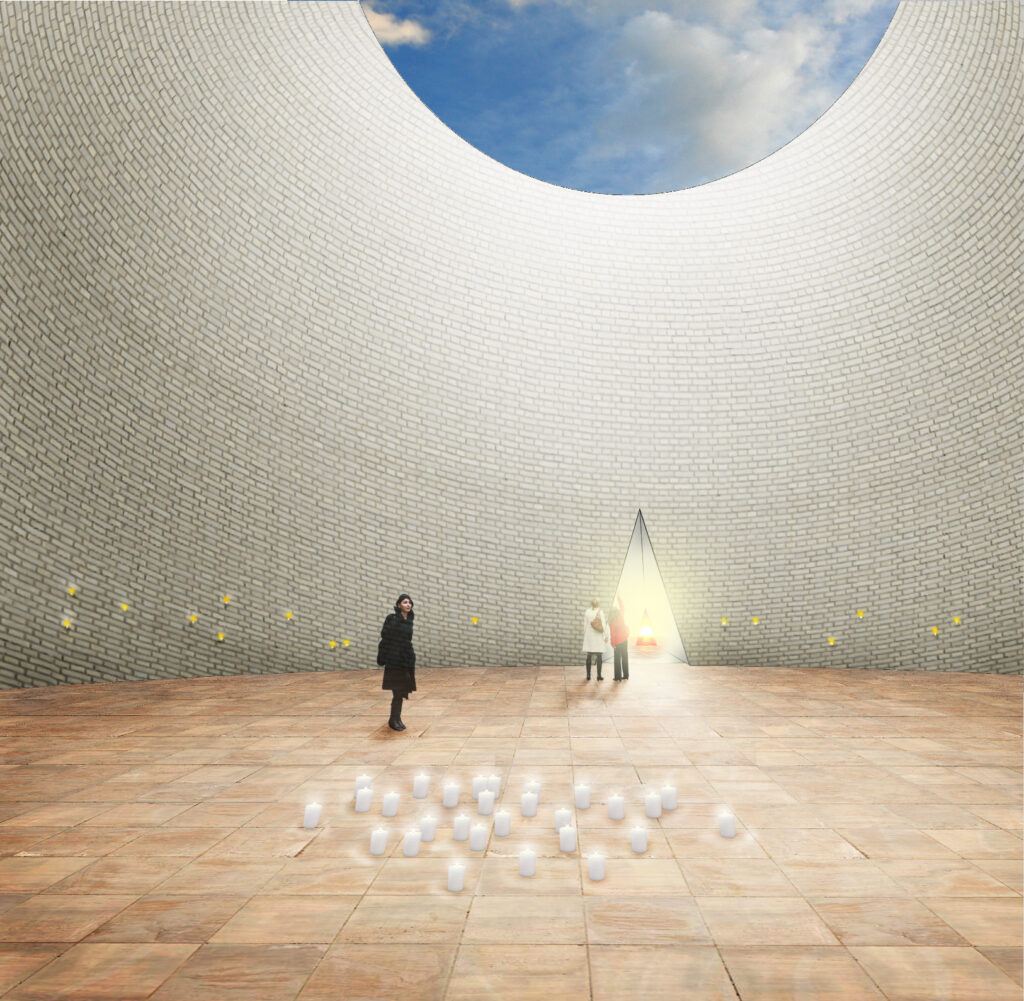
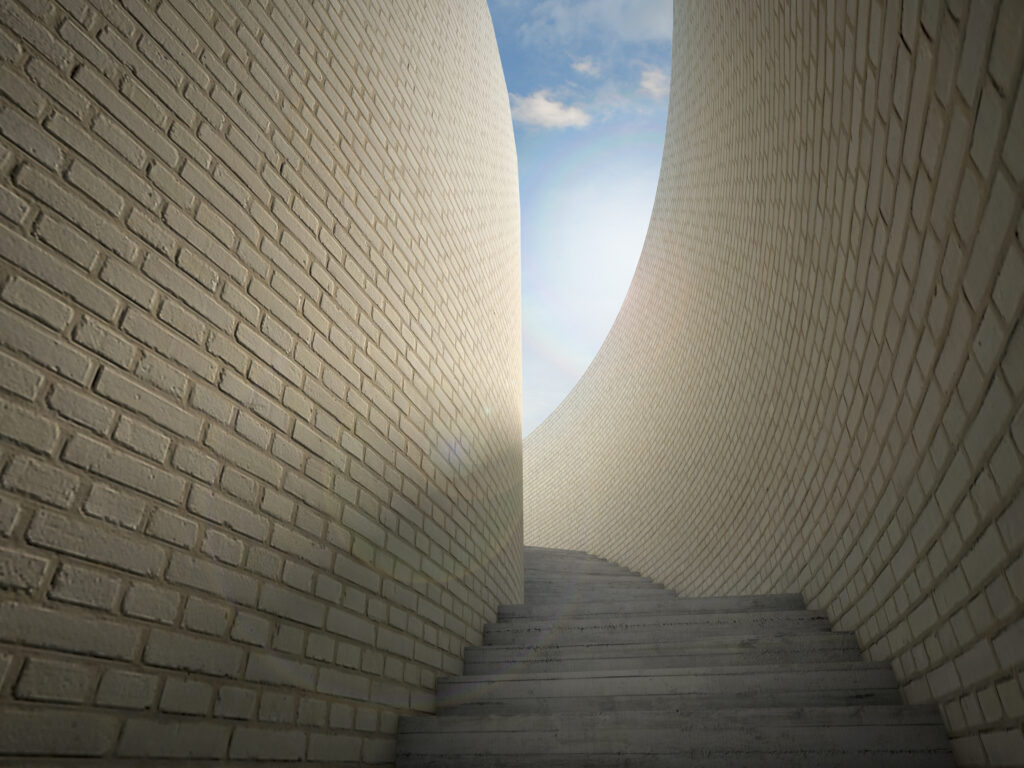
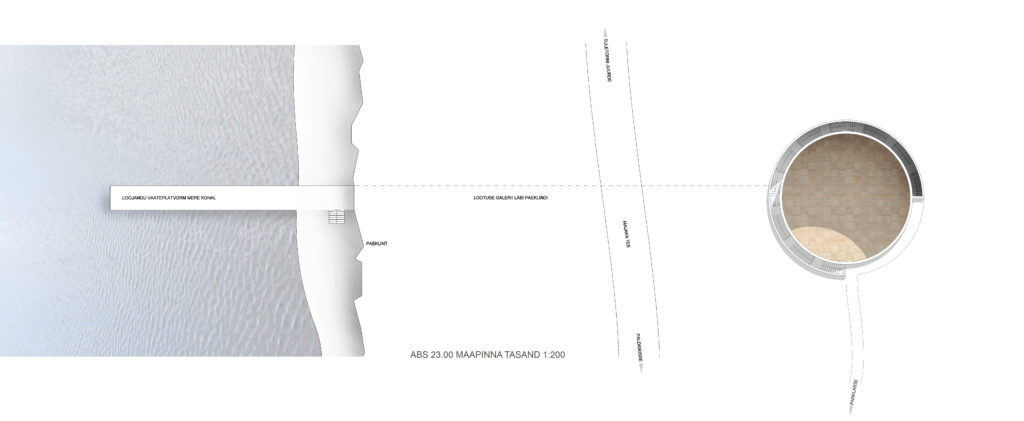
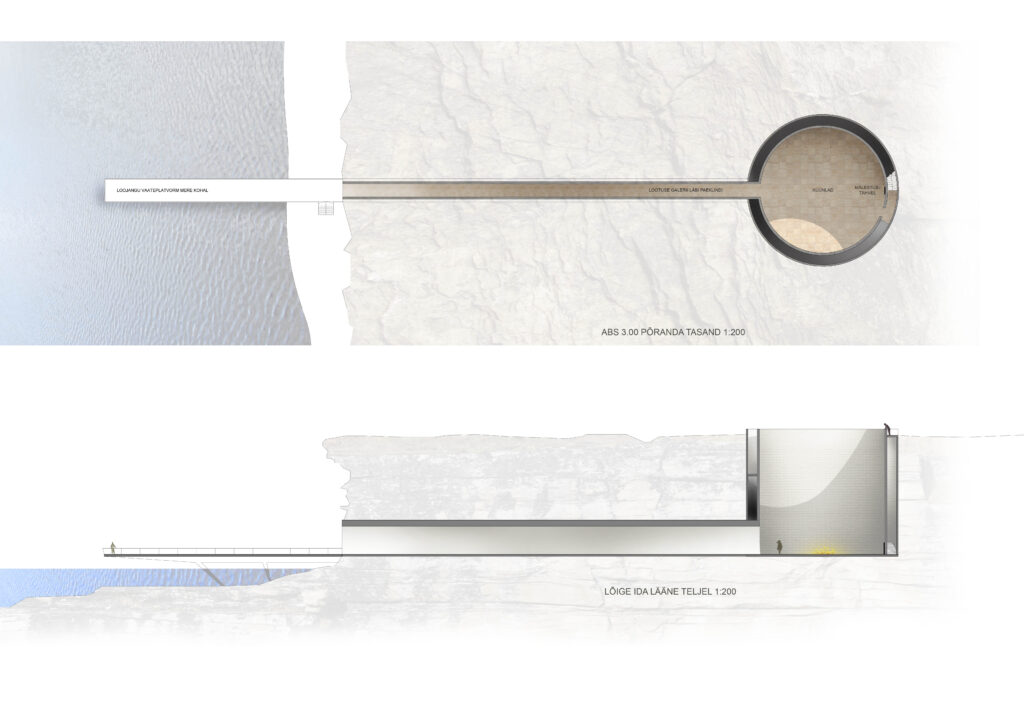

Antud projekti üldsõnaliseks iseloomustamiseks sobib ehk hästi üks minu antud intervjuu võidutöö kohta:
- The main purpose or requirement of this competition.
This competition was held by state of Estonia to find the best solution for the Memorial of the Victims of Communism in Estonia. There were very little restrictions to choose the location or appearance or the way this idea is represented. There were about 70 proposals in which at least 15 focused to Tallinn, capital of Estonia. Our idea was not to focus at Tallinn, we wanted to highlight a place on the northern coastal cliff with very metaphysical landscape and with history touched by soviet regime. The place is near little town Paldiski. This region was closed military area with secret nuclear submarine base of soviet army. Our Memorial celebrates not only the freedom of people of Estonia, but also the emancipation of land and beautiful places which were held behind the iron curtain in soviet times.
- Design Concepts, including the reason why you choose the form? Did you maintain any core concept when you are planning every project? Or what’s the unique concept in this project?
Main reason why we choose this form was a concept of the theme. When erecting monuments and sculptures to the heroes and to the positive turning points in history we definitely can not think about communism in Estonia that way. Because of that we thought maybe this memorial should be something opposite to the monument, something opposite to the form or landmark. That is why we did a negative form, non-landmark, hole in the landscape. This hole is also like the scar in the landscape or metaphorical hole in the soles of victims of communism.
- Will it be accomplished? When ?
Now, when the competition is over the timetable and finding the needed funds is in hands of politicians. The construction of the Memorial of the Victims of Communism in Estonia is in the program of government, but the exact time is not announced yet. Hopefully the positive feedback from media and people brings that date closer.
- The effect you expect after it was accomplished.
Main issue we wanted to bring in peoples minds is hope. The design of this memorial consist many elements with frustrating emotions in mind, like people under the communist regime would feel, but never letting these emotions to rule the final outcome. There is always the way out from even the most hopeless situation. Like standing in bottom of the deep hole, surrounded by millions of tons of limestone cliff, there is a little passage to the sea, to the freedom. Also what we want to conceive is to enliven this region of Estonia, point out that this was a closed military area in soviet times but now open to everybody to see and experience this mystical, metaphysical landscape. Not only the people were set free after the communist regime fell, but also the land and beautiful places were open to us again.

